A cutting-edge medical education Virtual Reality (VR) platform designed to revolutionize learning outcomes, engagement, and enjoyment. This innovative tool ensures that the next generation of doctors acquires advanced skills efficiently and effectively.
HoloMedicine® Spaces’ immersive 3D features and interactive elements elevate traditional teaching methods, offering a holistic learning experience that integrates a wide range of medical data and objects in virtual reality. Maintain crucial human interaction in virtual settings, while leveraging personalized and guided learning pathways to master advanced clinical skills.
Transform medical education with a comprehensive suite of tools that integrate various forms of content into a single, cohesive learning environment. Explore 3D anatomical models, 3D and 2D DICOMs, and 360 degree immersive videos to connect theoretical concepts with real patient data. Solo, peer to peer, and class learning are all possible with virtual learning tools such as presentations and annotations. AI-powered personalized teachers provide tailored guidance and quizzes for learning retention. By applying the principles of experiential learning, you can engage in hands-on practice and reflective observation, using quizzes and annotation tools to enhance collaboration.
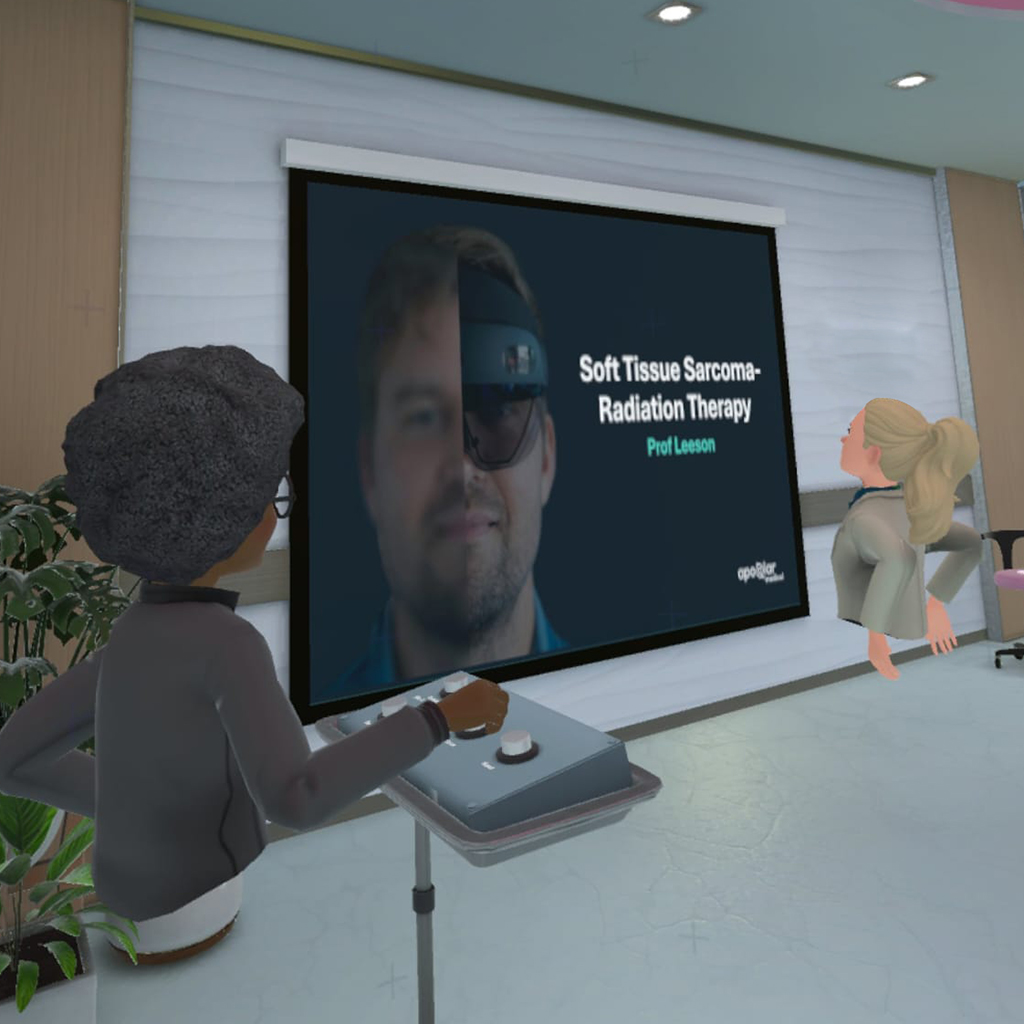



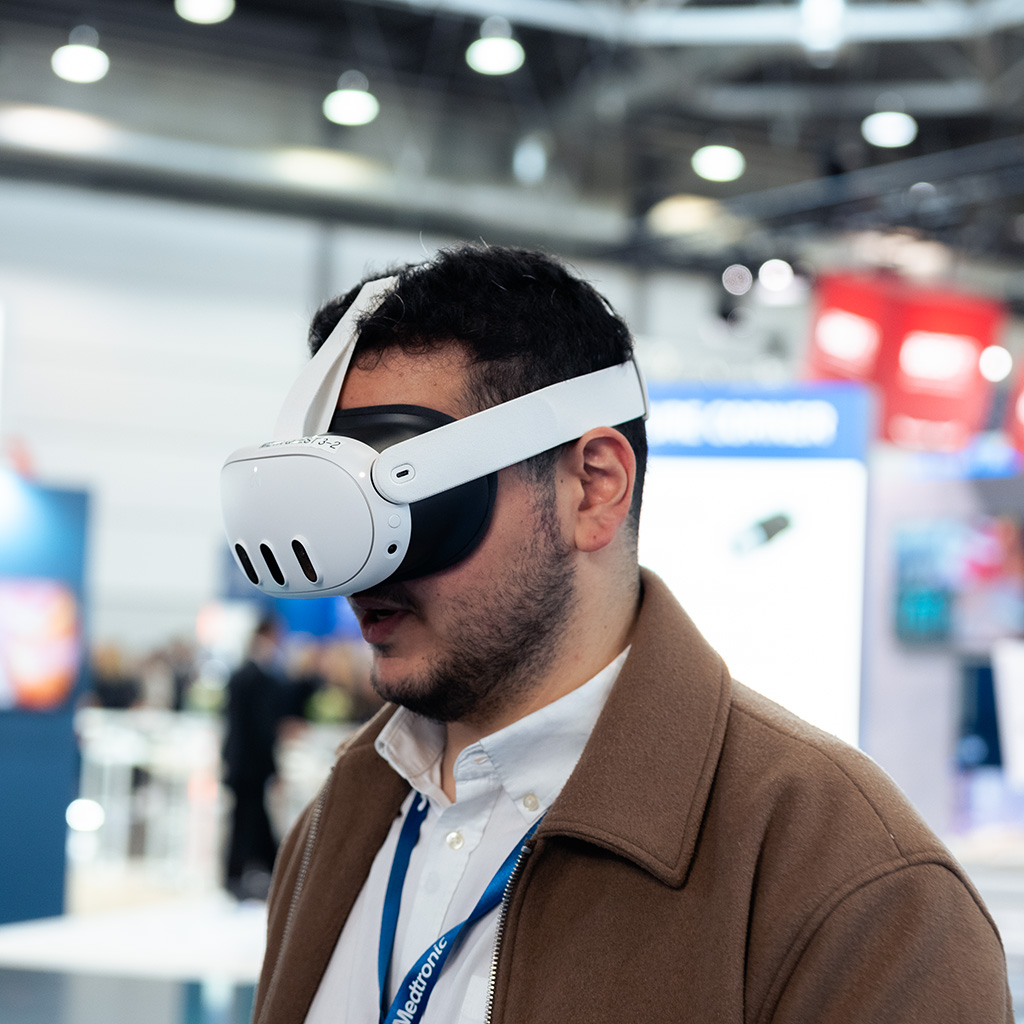

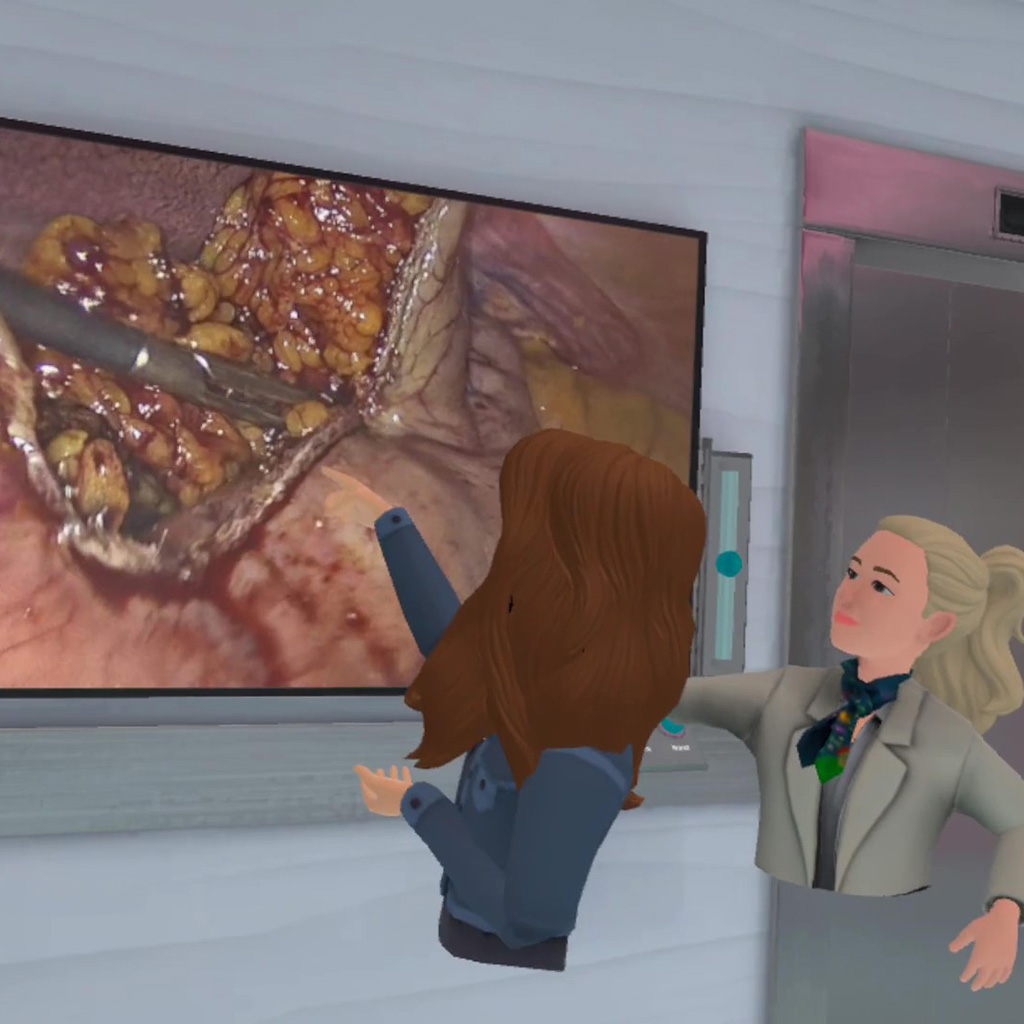
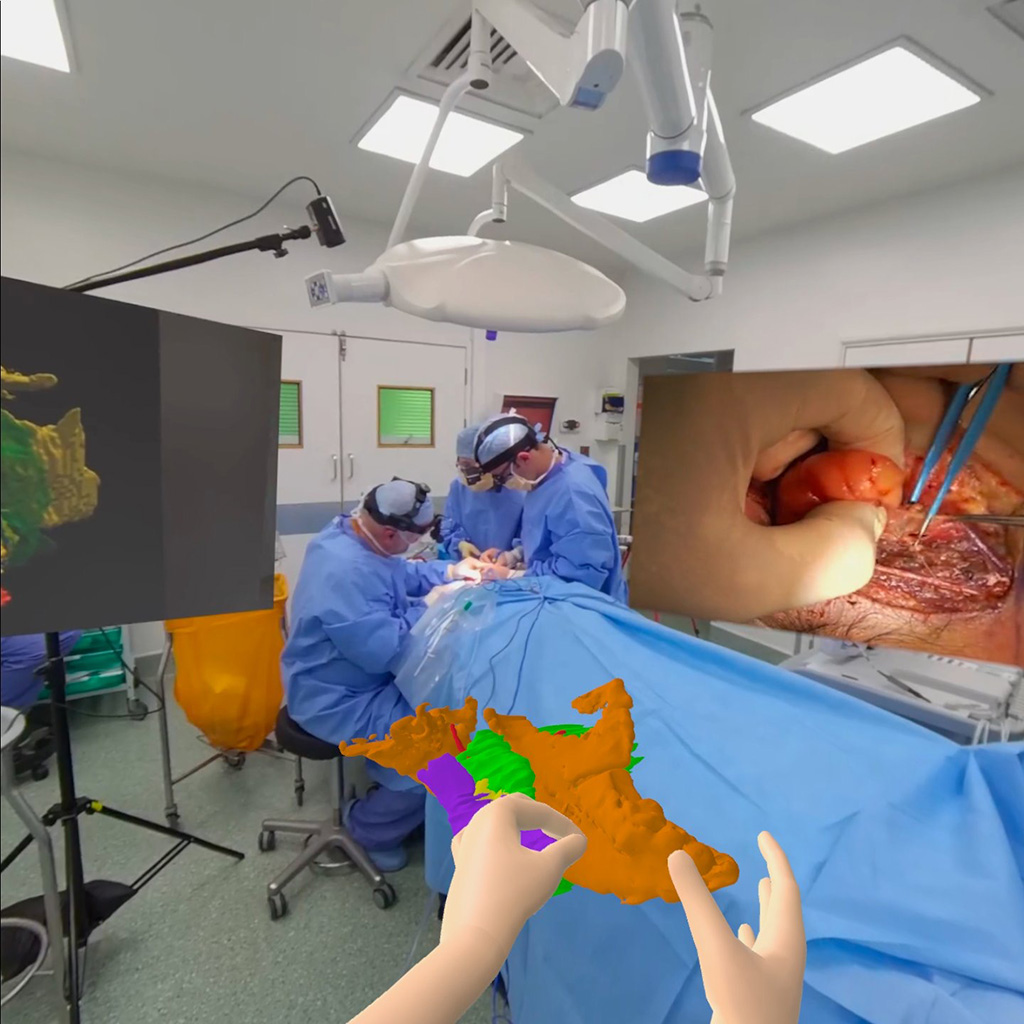
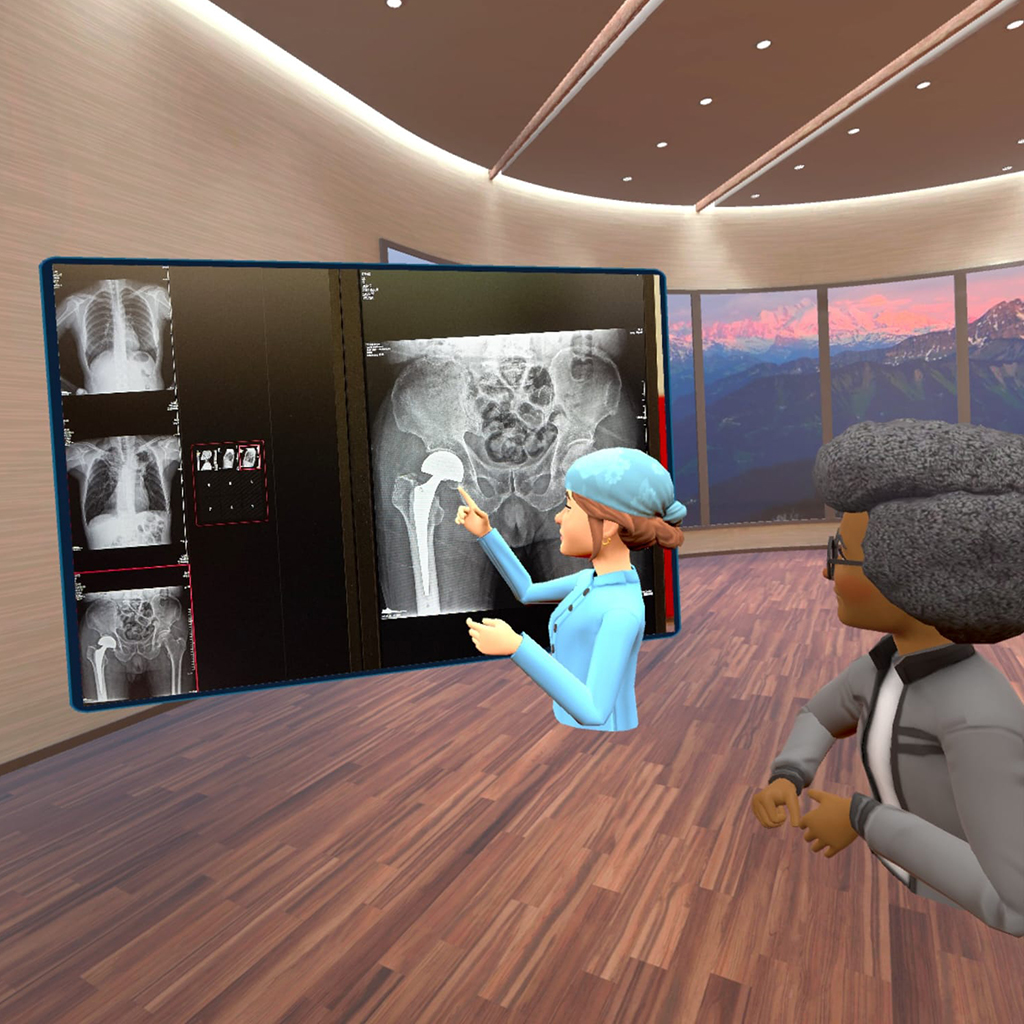
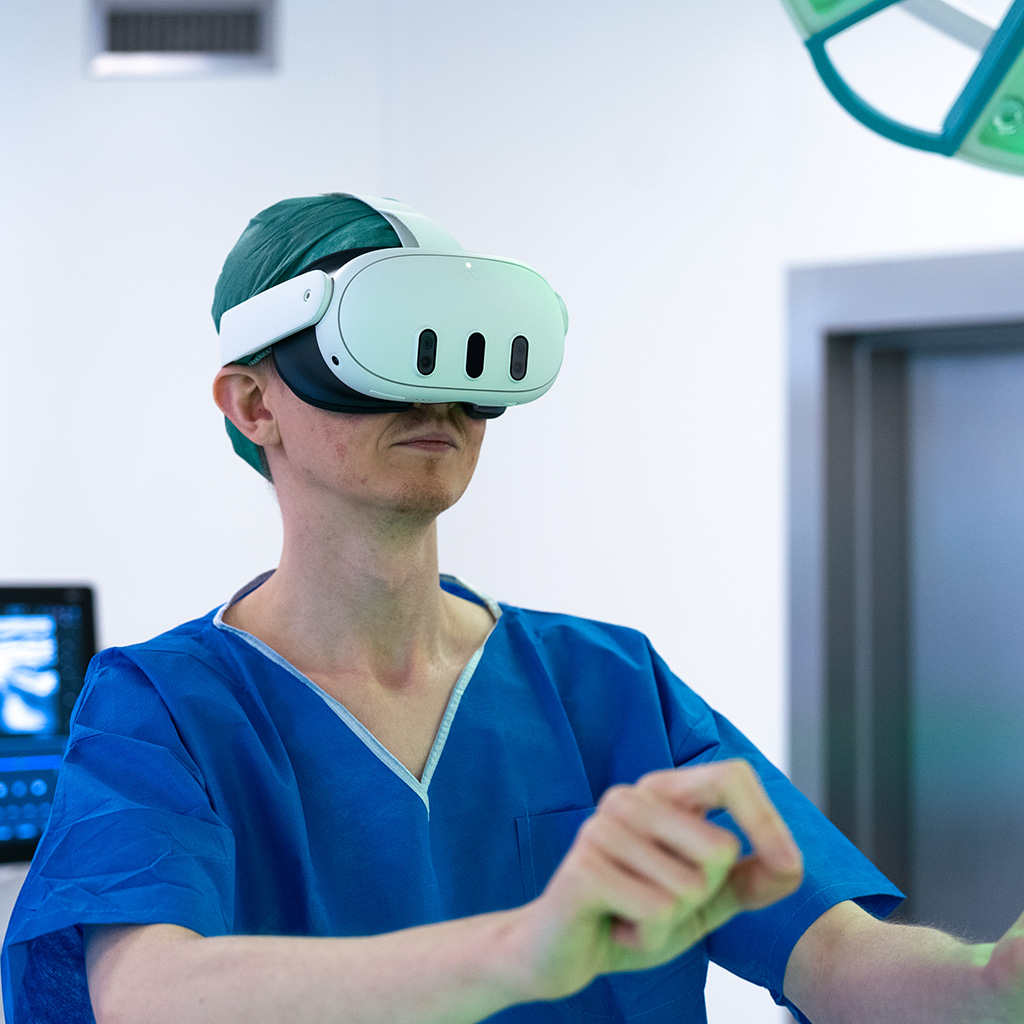
Break geographical barriers and step into the OR of a highly experienced surgeon with 360-degree immersive videos. Join live or on-demand to explore OR dynamics, device setup, instruments, and surgical techniques while receiving advanced guidance on anatomical and pathology challenges. From your home or office, access uninterrupted close-up views of the surgical sterile field, surpassing traditional hospital visits. apoQlar medical’s unique approach enables remote proctoring for robotic systems, laparoscopic procedures, ultrasound devices, and more, utilizing the HoloStreamer® device to connect and stream all relevant data. Enhance learning with integrated 3D models, DICOM data, and patient information in an interactive 3D space.
Global workplace shortages are putting skill development and onboarding as a high priority for hospitals and HoloMedicine® Spaces offers an engaging, efficient, and effective way to close the gap1. With the support of apoQlar medical, hospitals can build their own onboarding curriculum to ensure new staff are equipped with the knowledge and skills to set up and operate medical devices in their relevant departments. HoloMedicine® Spaces allows the clinician to actively practice the steps of use and troubleshooting through experiential learning which is known to provide greater learning retention than passive learning approaches2.
1 Neeltje De Vries, Lavreysen, O., Boone, A., Bouman, J., Szymon Szemik, Baranski, K., Lode Godderis, & Peter De Winter. (2023). Retaining Healthcare Workers: A Systematic Review of Strategies for Sustaining Power in the Workplace. Healthcare, 11(13), 1887–1887. https://doi.org/10.3390/healthcare11131887
2 Bucklin, B. A., Asdigian, N. L., Hawkins, J. L., & Klein, U. (2021). Making it stick: use of active learning strategies in continuing medical education. BMC Medical Education, 21(1). https://doi.org/10.1186/s12909-020-02447-0

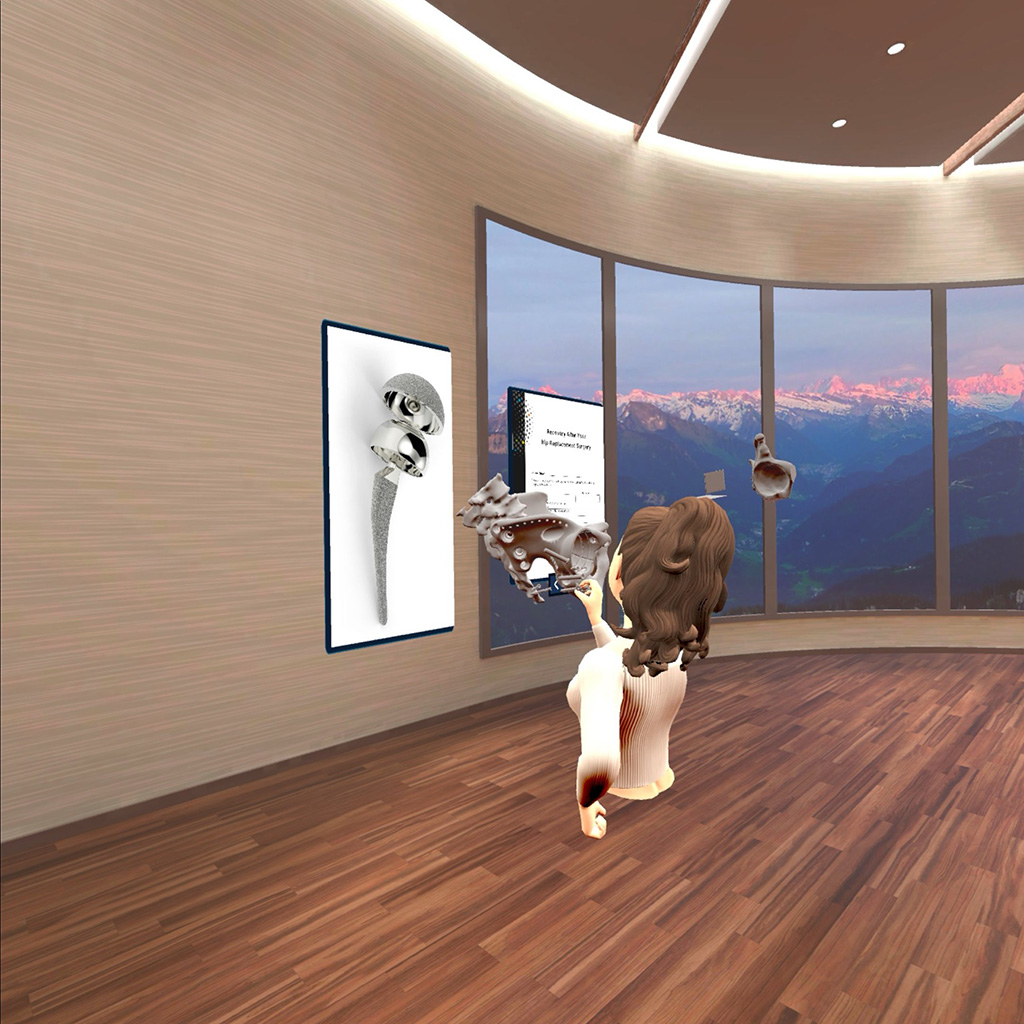
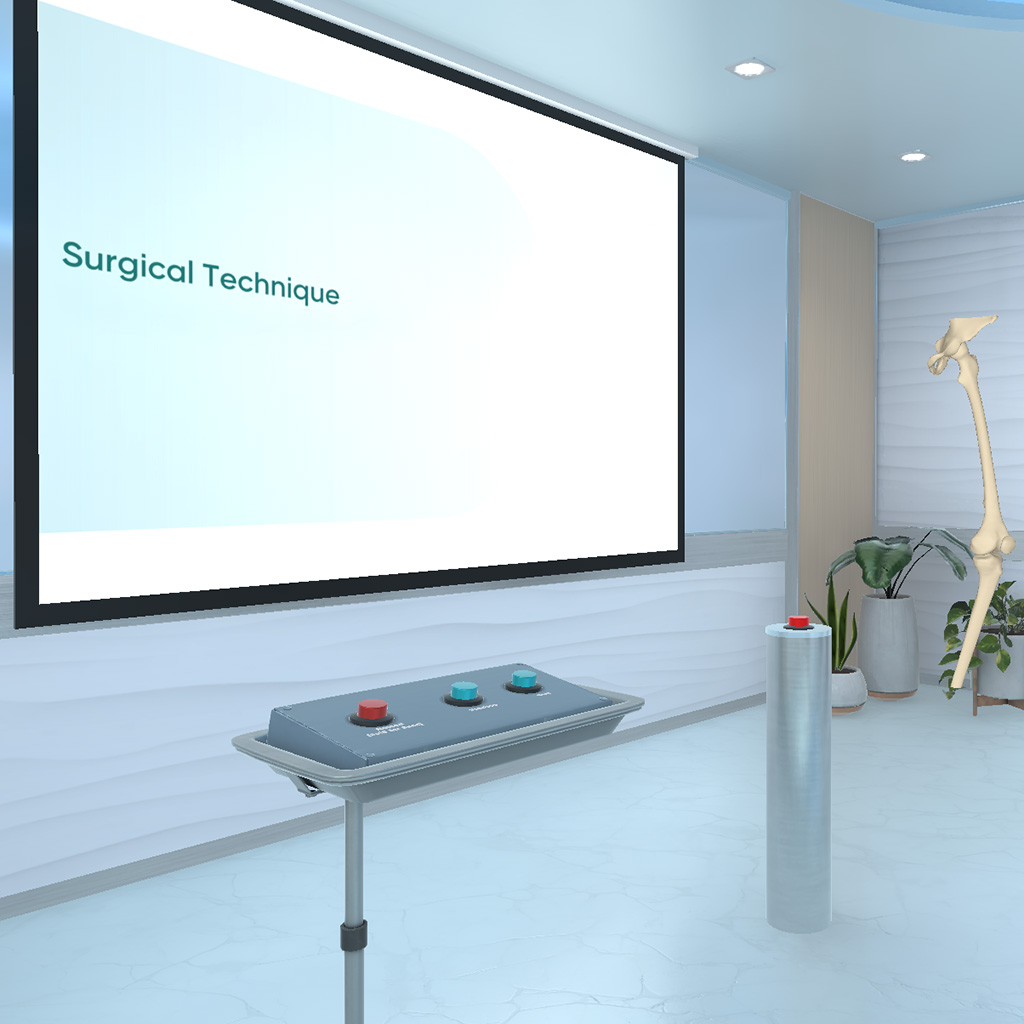

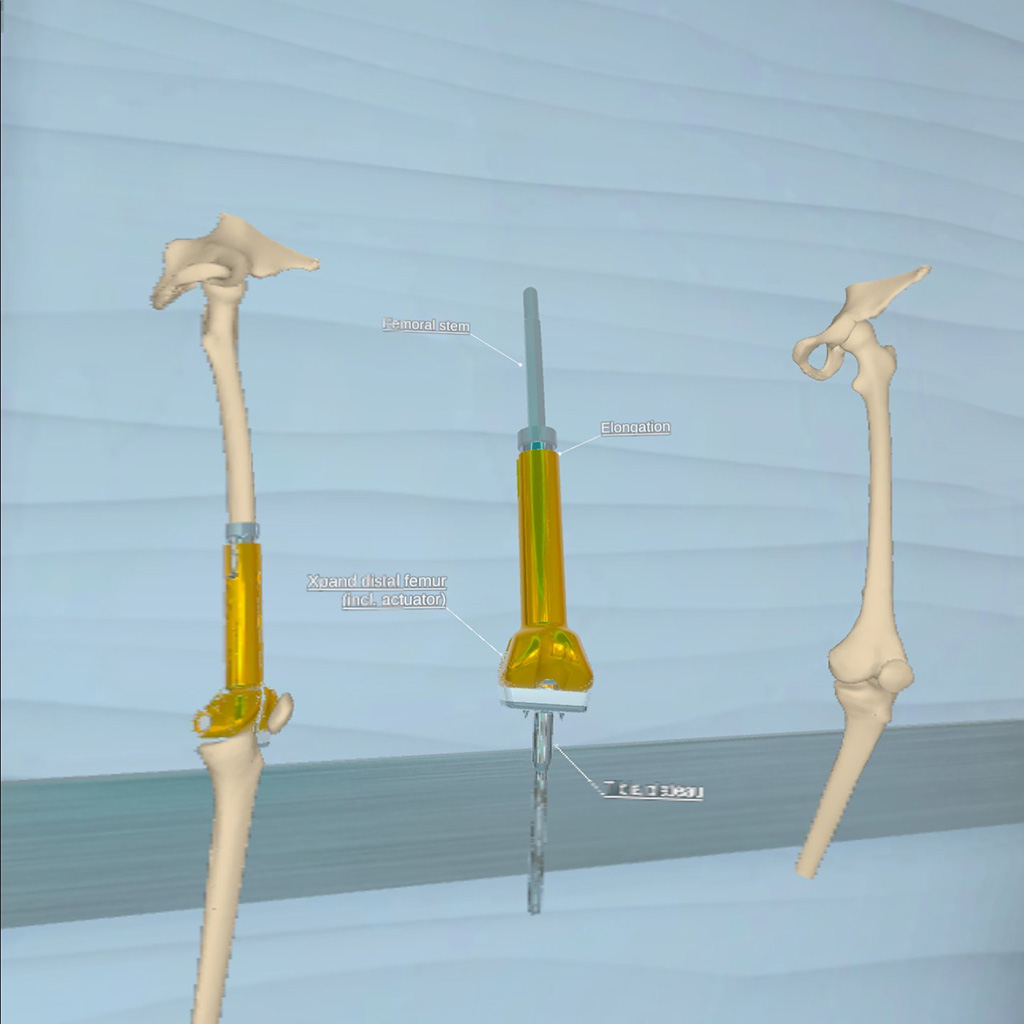
apoQlar medical is partnering with AI healthcare experts to develop clinical reasoning modules within HoloMedicine® spaces using the latest AI large language modules (LLMs). This will allow simulation and practice for young clinicians to interact with unique patient personas in order to take a patient history, diagnose diseases based on reported symptoms, and create treatment plans. AI bots can supervise in order to provide mentoring and advice to improve learning.
Choose from ready-made templates for a quick setup or build your room from scratch for more flexibility.

Engage with PDFs through discussions to strengthen collaborative learning and concept retention.

Study images to clarify complex medical concepts and improve visual comprehension.

Interact with pre-recorded videos in an engaging VR environment.

Manipulate 3D anatomical models to gain deeper insight into anatomical structures and their spatial relationships.
Experience unparalleled immersion and elevate your medical training with the cutting-edge technology of Meta Quest 2, 3, and Pro headsets.
Crystal-clear displays bring intricate anatomical structures and medical scenarios to life to enhance understanding and retention of complex medical concepts
Precise hand tracking allows for realistic manipulation of virtual medical elements and eye tracking enables seamless navigation and interaction within the virtual environment.
All Models support hand tracking for natural interaction without controllers and the Meta Quest Pro captures facial expressions for more expressive avatars.
Move freely without tethering to external hardware or computers.
Competitive pricing makes advanced VR training accessible and scalable for institutions of all sizes.
| Feature | Meta Quest 3 | Meta Quest 3S | Meta Quest Pro |
|---|---|---|---|
| Processor | Snapdragon XR2 Gen 2 | Snapdragon XR2 Gen 2 | Snapdragon XR2 Gen 1 |
| RAM | 8 GB | 8 GB | 12 GB |
| Storage Options | 512 GB | 128 G, 256 GB | 256 GB |
| Display Resolution | 2064 x 2208 pixels per eye | 1832 x 1920 pixels per eye | 1800 x 1920 pixels per eye with local dimming |
| Lenses | Pancake lenses | Fresnel lenses | Pancake lenses |
| Field of View | 110° horizontal 96° vertical | 96° horizontal 90° vertical | 106° horizontal 96° vertical |
| Refresh Rate | 90Hz (default) Up to 120Hz (experimental) | 90Hz | 90Hz |
| Passthrough | Full-color RGB camera | Full-color RGB camera | Full-color with high fidelity |
| Depth Sensor | Yes | No | Yes |
| IPD Adjustment | 53-75 mm precise adjustment | 3-step adjustment (58mm, 63mm, 68mm) | Continuous adjustment |
| Battery Life | ~2.2 hours | ~2.2 hours | 1.5-2 hours |
| Weight | 515g | 514g | 722g |
| Controllers | Touch Plus controllers | Touch Plus controllers | Touch Pro controllers |
| Connectivity | Wi-Fi 6E, Bluetooth 5.2 | Wi-Fi 6E, Bluetooth 5.2 | Wi-Fi 6, Bluetooth 5.2 |
The results indicate that the application of virtual reality capabilities plays an important role in improving the performance of different medical groups. According to the results, it can be suggested that virtual reality capabilities should be used to train different medical groups based on their individual and collective needs.
VR provides a rich, interactive, and engaging educational context that supports experiential learning-by-doing. In fact, it raises interest and motivation for student and effectively supports knowledge retention and skills acquisition.